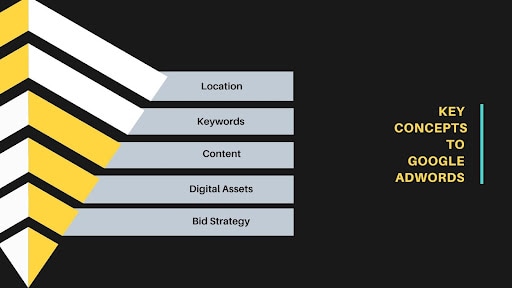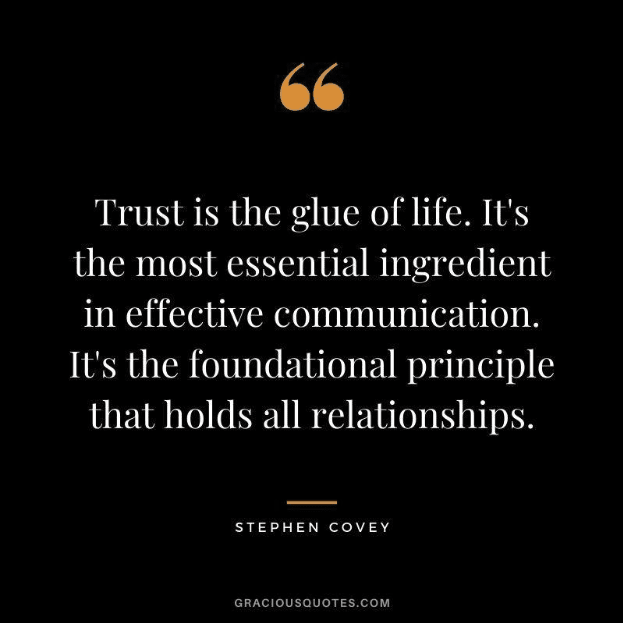At In Front Marketing, we understand the importance of a multi-channel PPC strategy for achieving success in digital marketing. By utilizing multiple channels, such as search engine marketing, display ads, and social media campaigns, you can effectively advertise your product or service and reach a wider audience.
A multi-channel PPC strategy can also help increase conversions and ultimately achieve your marketing goals. In this article, we will share five tips to help you create a successful multi-channel PPC strategy with In Front Marketing.
- Understand Your Audience:
Before you develop a multi-channel PPC strategy, it’s crucial to understand your target audience. You should know who they are, what their interests are, and where they are located. This information will help you determine which channels to use and what type of content to create. For example, if your target audience is young adults, you may want to consider using platforms like Snapchat and Instagram, which are popular among this demographic.
Alternatively, if you’re targeting a more general audience, channels like Facebook and Google AdWords may be more effective. These platforms allow you to target specific demographics and interests, ensuring that your message reaches the right people. You now have 3 or seconds or less to capture the users attention…….. Go!
- Create a Comprehensive Budget:
Once you have a good understanding of your target audience, you should create a comprehensive budget that includes the cost of each channel, estimated conversions, and any other associated costs. This will help you allocate your budget effectively. Collaborating on knowledge acquired during your campaign is crucial, as everyone approaches this different. What does your budget mean to you, based on these results?
- Use Different Channels:
Once you have identified the channels you want to use, you should create campaigns for each one. This involves creating separate campaigns for each channel, tailoring the content to that channel’s audience, and setting up tracking and reporting.
- Test and Optimize:
In order to get the best results from your PPC campaign, it’s essential to constantly test different elements and make adjustments. You can test different ad copy to see which version performs better, or test different targeting options to see which audience is most responsive.
Keep in mind that there is no “perfect” campaign, and you should always be testing and making adjustments to get the best results.
- Analyze and Adjust:
As you create and launch your marketing campaigns, you should pay close attention to the results you’re seeing. If your campaigns aren’t performing as well as you’d hoped, you may need to adjust your budget, targeting, or ad copy. In using Google Analytics, our team can use this data to market appropriately while including the above into your strategy.
You should also take a close look at which channels are performing the best, and consider increasing your investment in those channels if you’re seeing strong results. By analyzing and adjusting your campaigns, you can ensure that they are as successful as possible.
- Setting up G4 & Acquiring Conversions:
Last but not least, it is important to set up conversions in Google Analytics 4 and optimize towards them in order to properly measure your Return on Ad Spend (ROAS). Working with a partner with experience in the field, such as In Front Marketing, can also be beneficial for your campaigns and overall marketing efforts. By setting up conversions and optimizing towards them, you can ensure that your multi-channel PPC strategy is successful in helping your business thrive in the digital world.
That is a Wrap!
In conclusion, a multi-channel PPC strategy can help you reach a wider audience, increase conversions, and achieve your marketing goals. By understanding your audience, creating a comprehensive budget, using different channels, testing and optimizing, and analyzing and adjusting your campaigns, you can create a successful multi-channel PPC strategy.
Remember to work with a partner, like In Front Marketing that has experience in the field, as this can greatly benefit your campaigns and overall marketing efforts. With the right approach and a bit of effort and dedication, you can create a multi-channel PPC strategy that helps your business thrive in the digital world.

